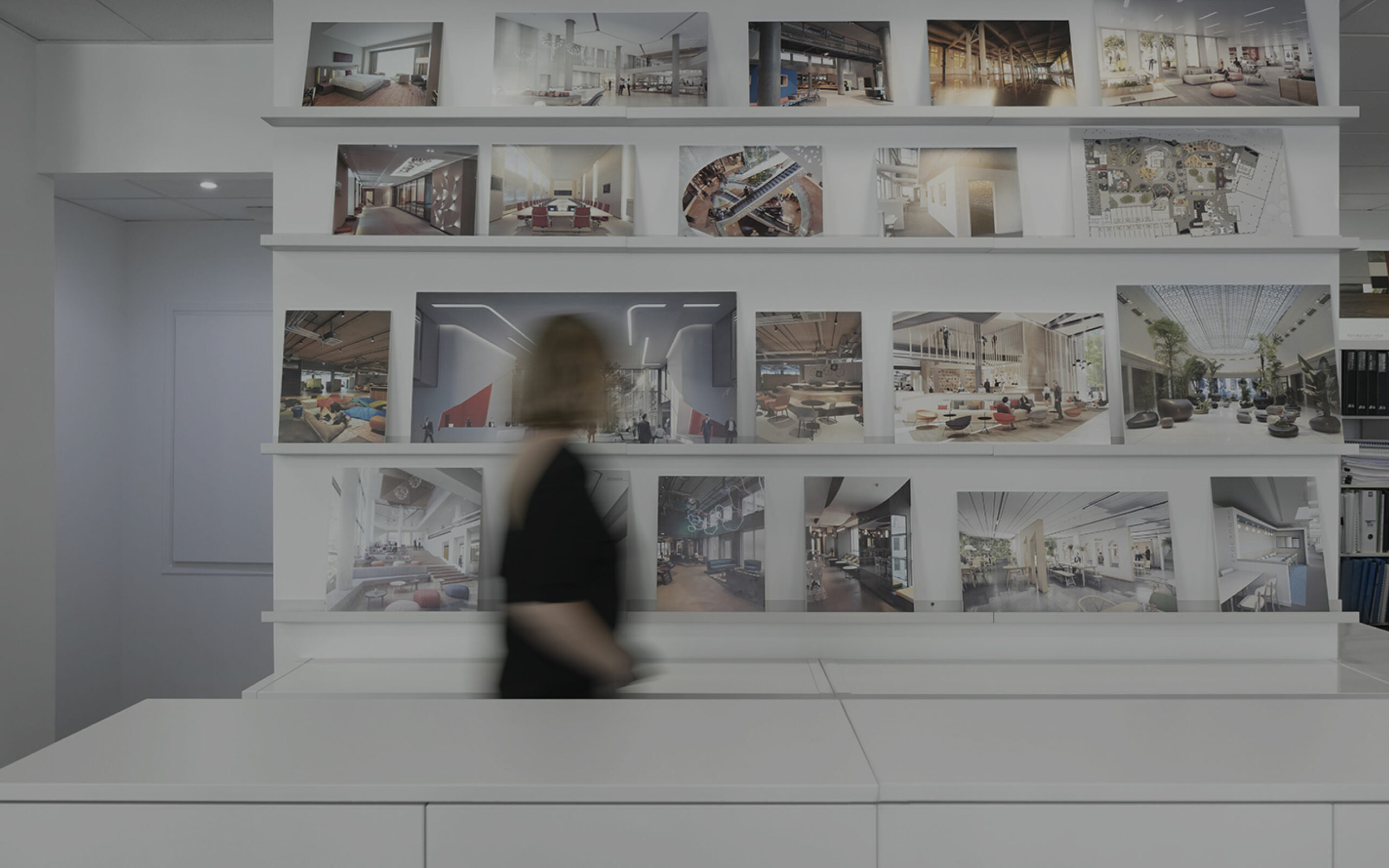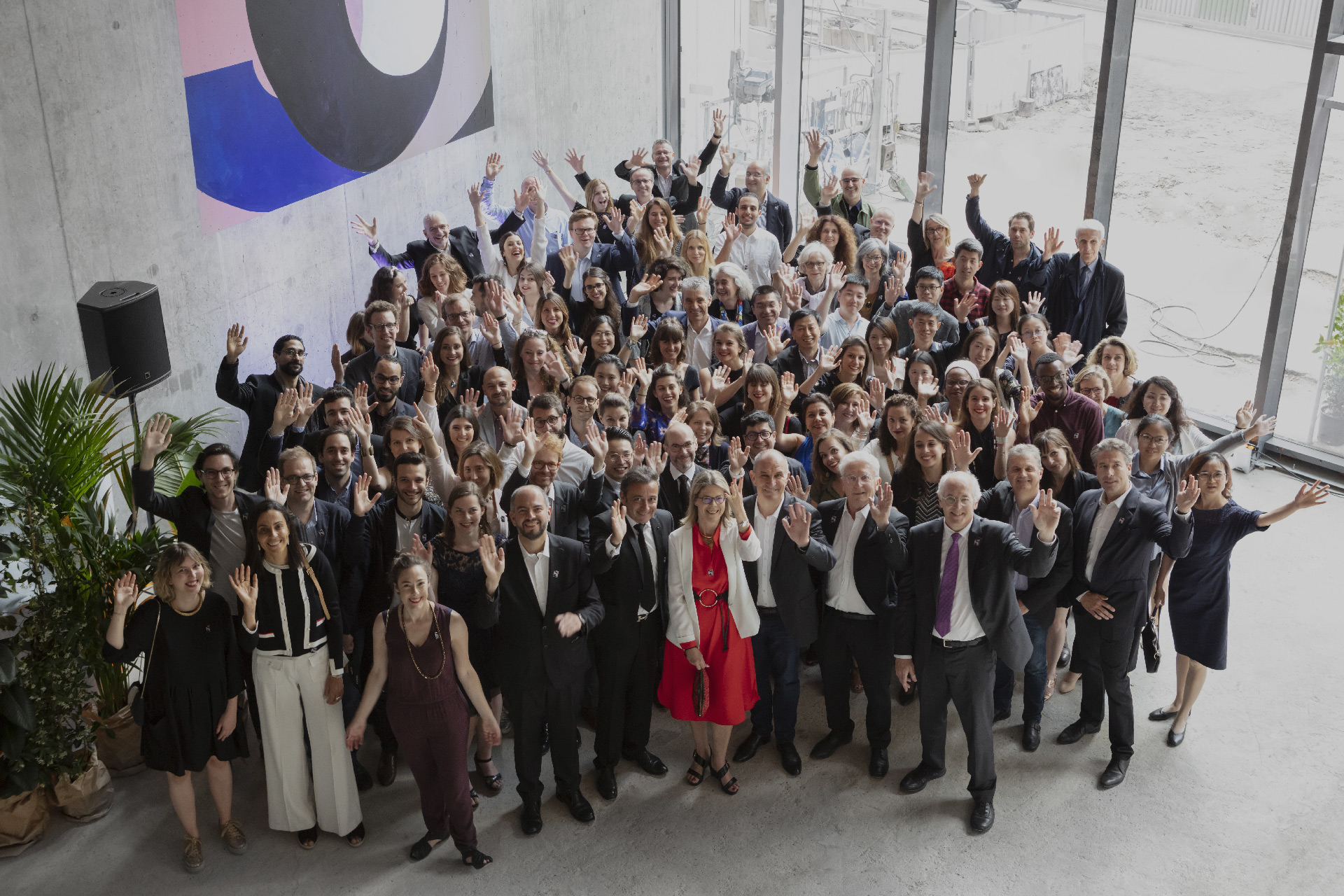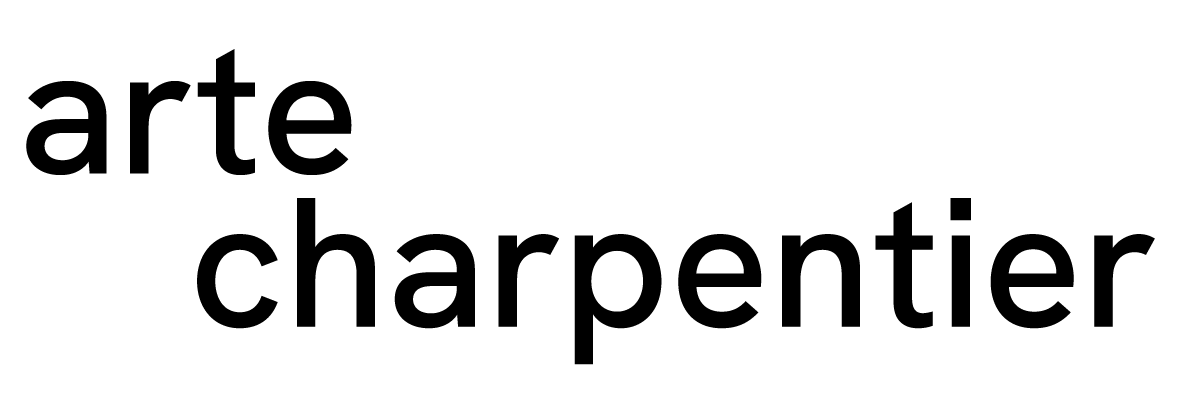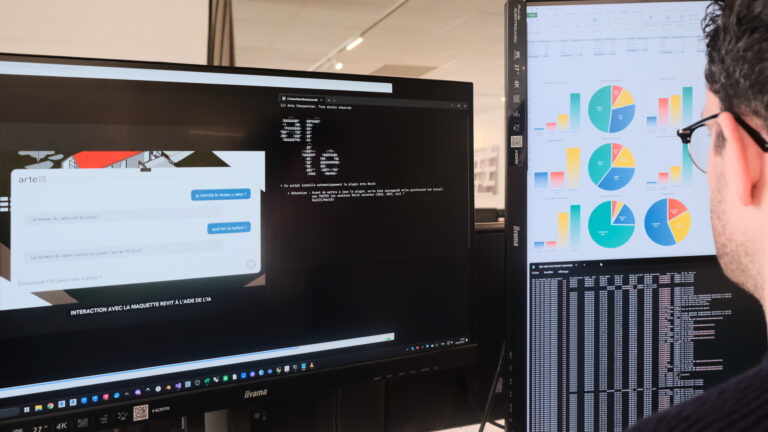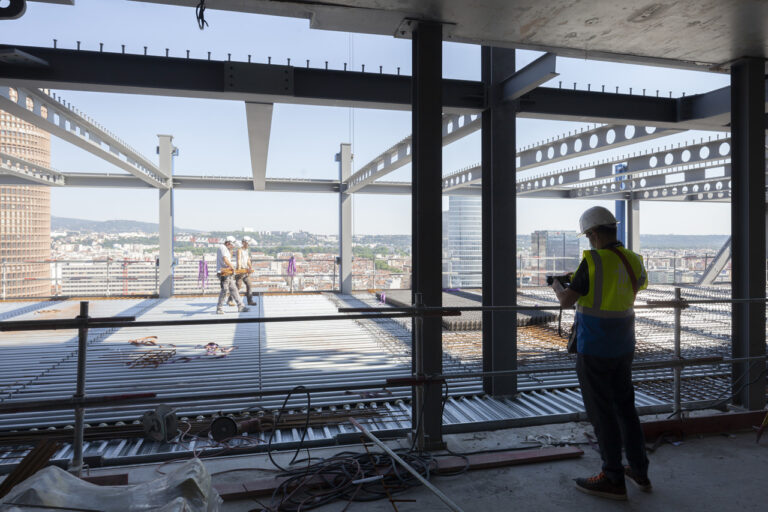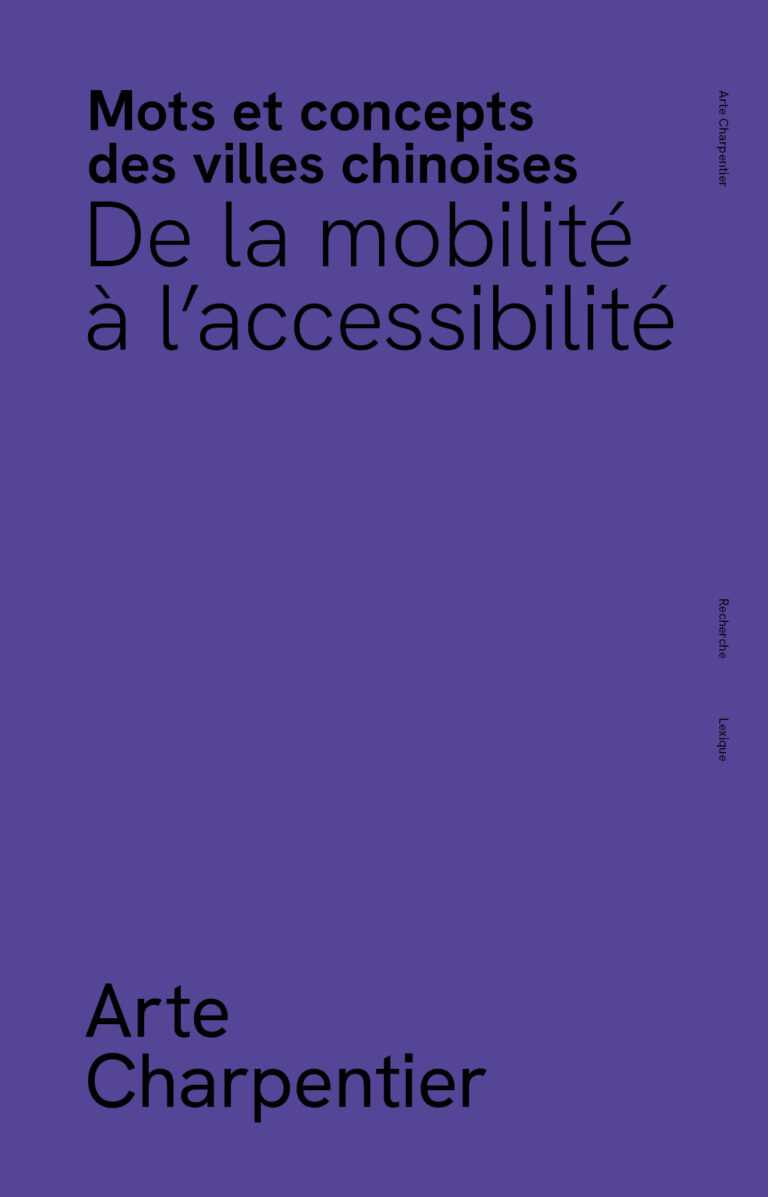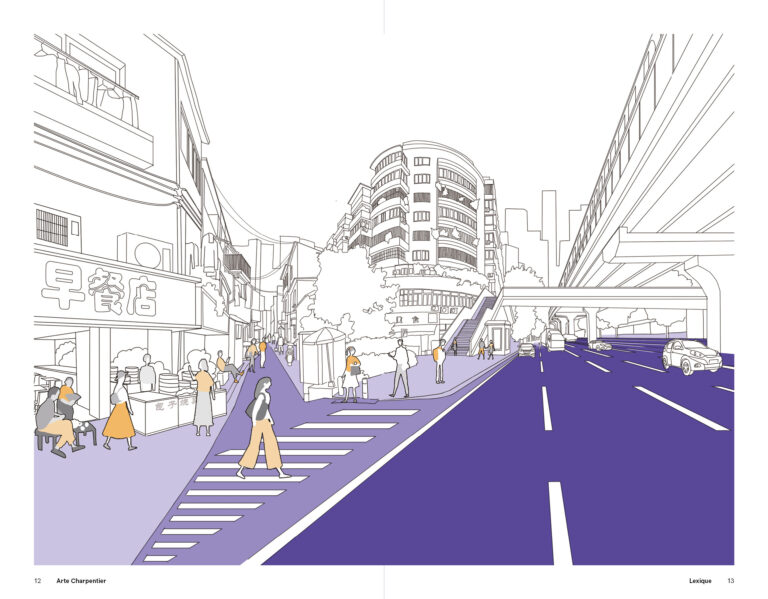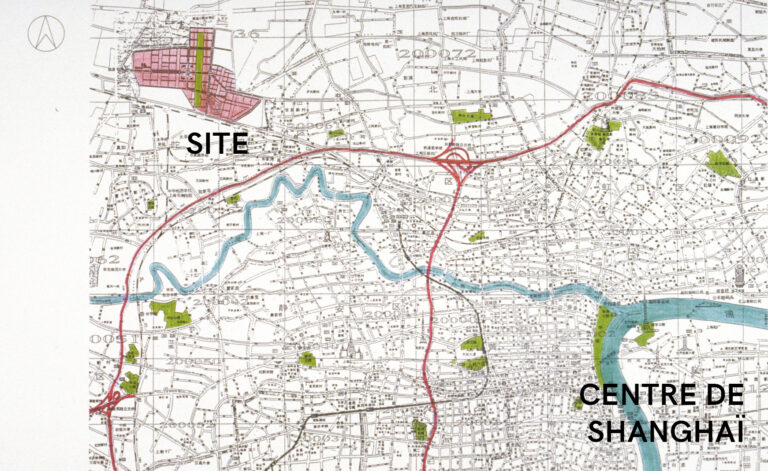
It seems impossible not to address the unavoidable topic of the moment: artificial intelligence (AI). This field is disrupting and revolutionizing all sectors, though it is not as new as it might seem(1).
The arrival of generative AIs marked a significant technological shift: the most iconic example is undoubtedly ChatGPT, which perfectly illustrates the potential of these technologies.
This spectacular advancement highlights a key point: AI itself is neither inherently good nor bad; it is merely a technology. Whether we like it or not, its development is inevitable, just like all the major advances that preceded it. Being against AI in 2024 would be like opposing steel in construction in the 19th century or reinforced concrete in the early 20th century. Displaying reluctance or fear towards its expansion is understandable, but it will not prevent its integration into our lives.
The real issue is not so much the development of the technology itself but what humanity will choose to do with it. Assuming AI will be exploited for profit, this direction will deeply impact creative sectors such as architecture. These areas, where the value of human work is central, will experience significant consequences, leading, if not to a revolution in these professions, to an unprecedented situation in history.
SURVEY AND PERSPECTIVES
Rather than fearing AI, we believe it is crucial to understand it to better control it. By anticipating its impact, we can develop an appropriate integration strategy. In this perspective, Arte Charpentier conducted a survey among members of the European Architects Network (EAN) to assess the current state of AI adoption within firms such as Tchoban Voss Architekten, Altiplan°architects, Progetto CMR, Estudio Lamela Arquitectos, and HOK.
It appears that AI adoption is becoming a standard, and its impact is already noticeable, though challenges remain. This survey explores the motivations, applications, challenges faced, future perspectives, and includes recent testimonials illustrating the current use of AI in this field.
The integration of AI in architecture firms has become an undeniable reality. All the firms surveyed have adopted this technology in at least one area, primarily in design (100%) and project management (40%).
The main motivations for this integration are clear: improving efficiency (80%), fostering innovation (80%), and staying competitive (80%). AI is seen as a solution to optimize workflows, free up time, and allow professionals to focus on more strategic tasks.
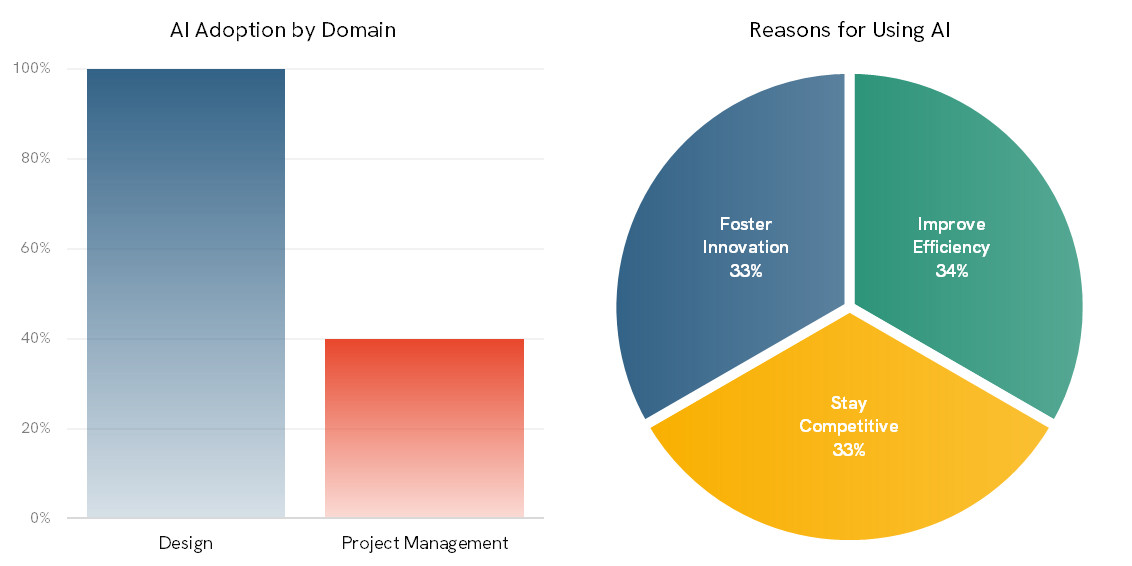 The survey reveals that AI is mainly used for various tasks such as image generation (80%), process automation (40%), and data management (40%).
The survey reveals that AI is mainly used for various tasks such as image generation (80%), process automation (40%), and data management (40%).
In this context, in-depth tests are being conducted on selected AI tools to assess, according to predefined workflows, their impact on the quality of the conceptual phases of projects. These tests notably include the use of parametric architecture (20%), facilitating the exploration of new options and more effective project optimization.
Several firms (60%) are seeing improvements in design and data management, with an acceleration of critical steps such as image generation and project management. However, they remain cautious, believing it is still too early to fully assess AI’s impact. Nevertheless, the early results of ongoing tests are encouraging. In the medium term, the conclusions of these trials will determine whether AI will be permanently integrated.
Despite the potential benefits, several obstacles hinder AI adoption in architecture. Among the main challenges are the lack of internal expertise (80%), resistance to change (40%), and the high costs (20%) of new technologies. These factors slow down the widespread adoption of AI, though the trend is toward gradual expansion.
Facing these challenges, developing AI skills becomes a central issue for companies. Some rely on the self-learning of their employees (60%), while others opt for a more structured approach (40%), forming specialized teams to test AI tools and evaluate their impact on process optimization.
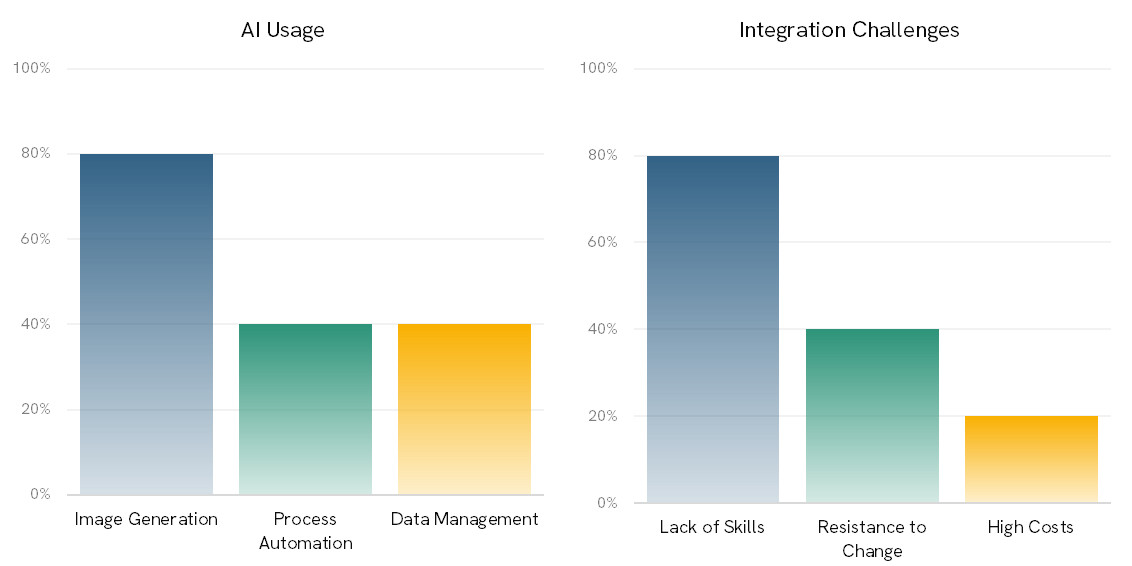 AI-assisted design software dominates the tools used (80%), with applications like project management and data analysis. Interoperability between software is also a crucial aspect for the industry, allowing faster information transfer between different platforms, facilitating the management of complex projects.
AI-assisted design software dominates the tools used (80%), with applications like project management and data analysis. Interoperability between software is also a crucial aspect for the industry, allowing faster information transfer between different platforms, facilitating the management of complex projects.
Despite the importance placed on AI, architecture firms still invest relatively little in these technologies, mainly less than 1% of their revenue (80%). This caution is due to the slow adoption of some tools and the need to better understand their potential.
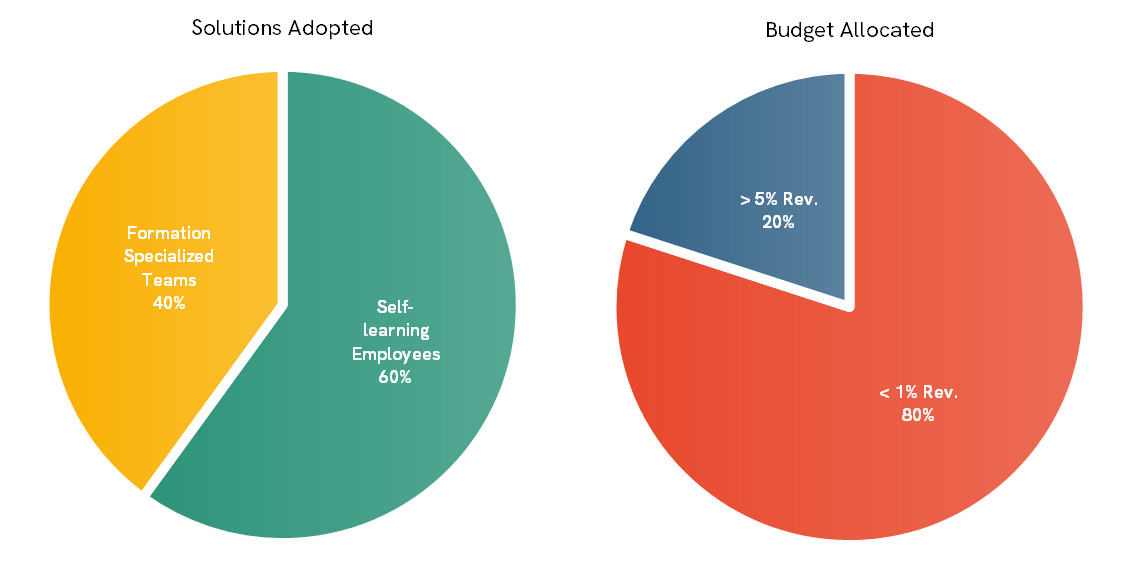
AI is gradually transforming the architecture sector. Firms are at different stages of adoption, some testing tools, others already benefiting from them. While AI offers gains in efficiency, time management, and design quality, challenges remain, particularly in terms of training and resistance to change. Nevertheless, there is a consensus: AI will profoundly redefine architecture in the next five years, blending human creativity with the power of algorithms.
ARE WE AT RISK OF SEEING OUR PROFESSIONS REPLACED?
Architecture is characterized by the uniqueness of each project, which comes with new collaborators, specific constraints, and local particularities. This context requires constant adaptability, both in design processes and human interactions. While AI can meet certain needs, it works best when data and projects are well-structured from the start. However, in a field where unpredictability is the norm, the limits of AI become apparent as soon as it has to adapt to complex or poorly defined situations, making its use more delicate and sometimes less effective.
Architecture, like any form of art, is an expression of human imagination. AI, though extremely powerful, will never truly embody humanity. Architecture is a quest for transcendence, and it is up to us to offer it new perspectives.
(1) The first AIs based on decision trees have been used since the 1960s, while machine learning emerged in the 1990s.
Francis Baucher Architect | BIM & Digital Coordinator

